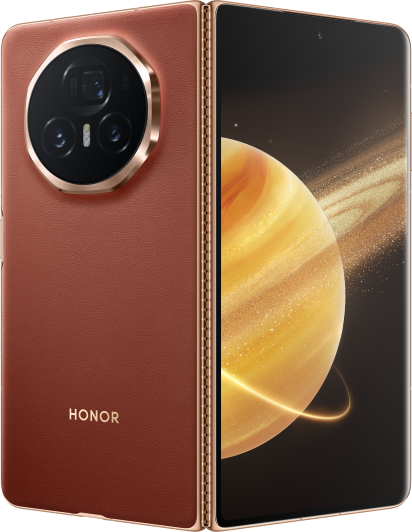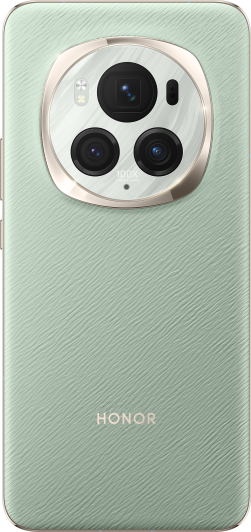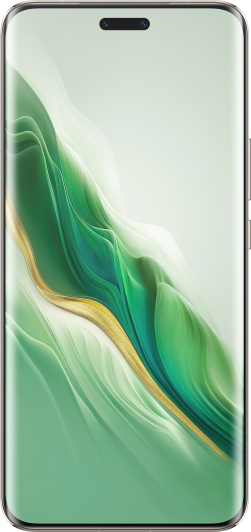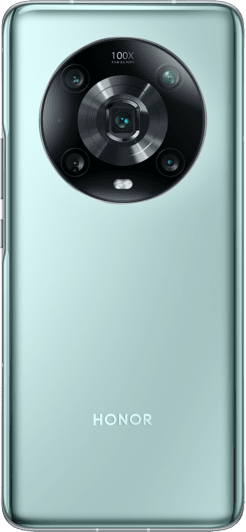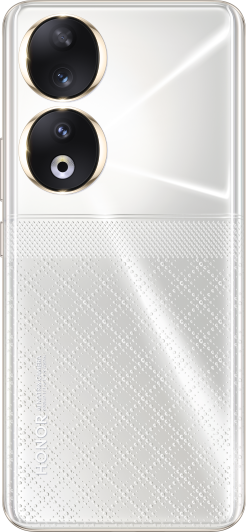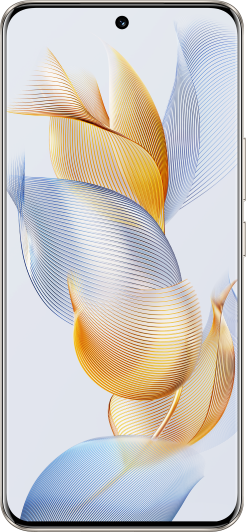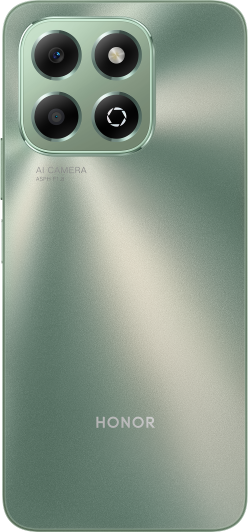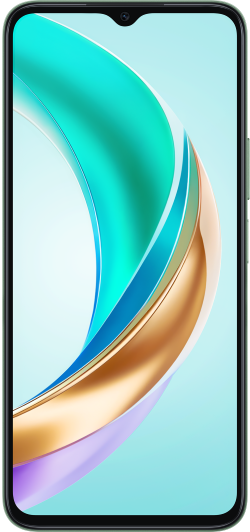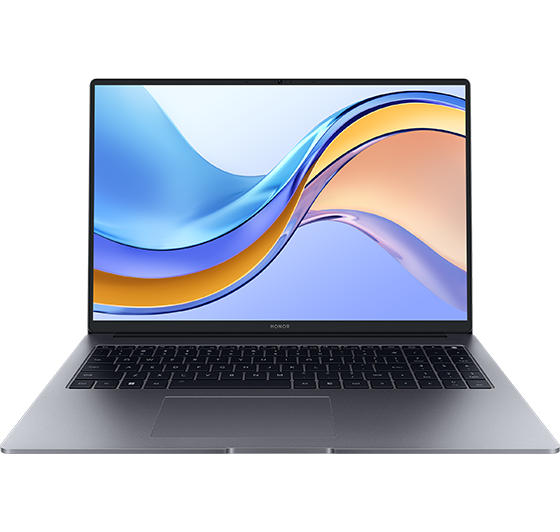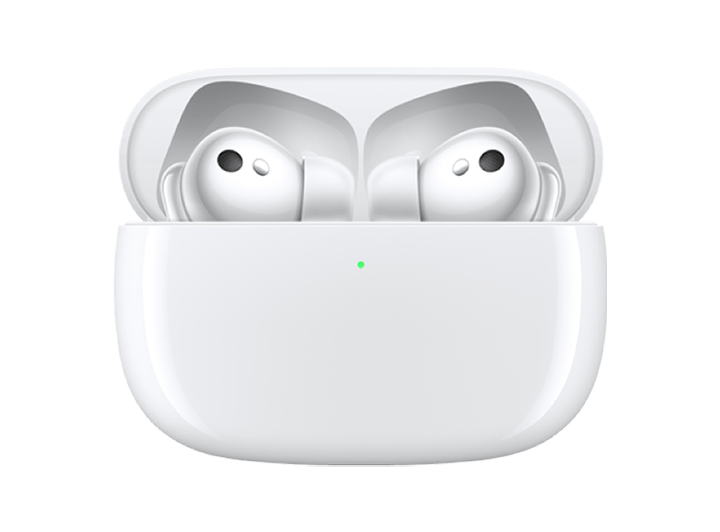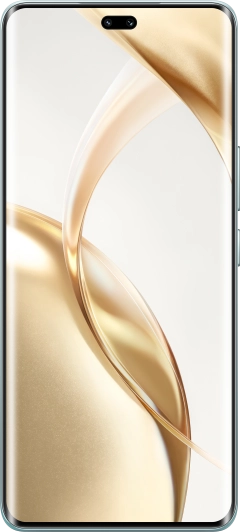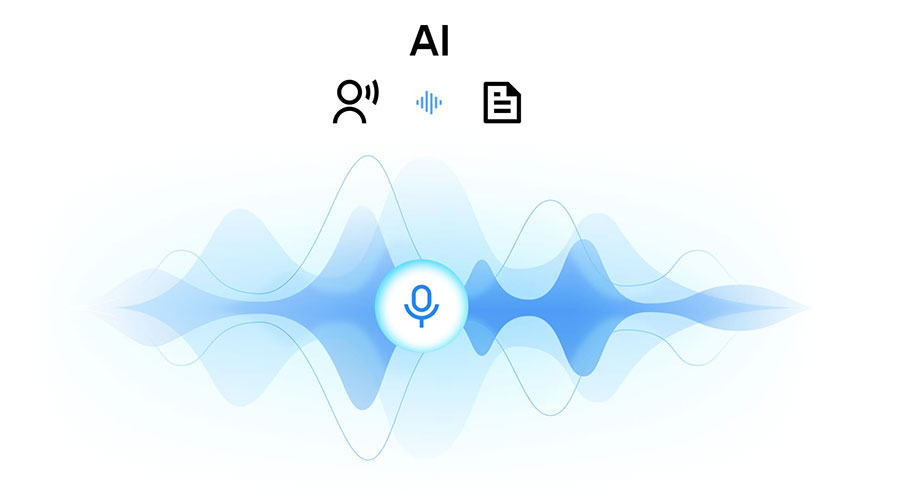TOP

我的荣耀 开启荣耀之旅
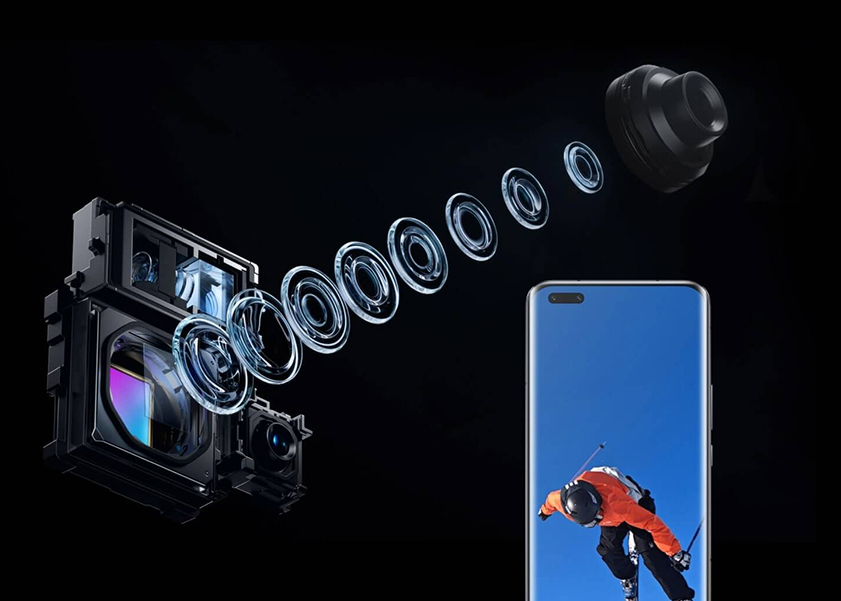
How Many Sensors Are There in a Smartphone? Uncover the Answers
Have you ever wondered what makes your smartphone so smart? From providing entertainment to helping you stay on top of business, the capabilities of a modern-day smartphone are remarkable — and thanks in large part to the small but powerful sensors built into them. But do you know just how many sensors are there in a smartphone? In this blog post, we’ll take a comprehensive look at each type of sensor embedded in phones today – as well as explain why they’re so important for efficient mobile operations.
What Sensors Are There in Smartphones?

Smartphones come equipped with a variety of sensors that enable them to interact with their environment and provide a range of features and functionalities. Here is a list of what are the sensors used in smartphones:
1. Proximity Sensor: This sensor detects how close an object (such as your face) is to the screen. It is commonly used during phone calls to turn off the display when the phone is held close to the ear.
2. Ambient Light Sensor: This sensor measures the ambient light level and adjusts the display brightness accordingly to optimize visibility and conserve battery life.
3. Accelerometer: This sensor measures the acceleration of the device along three axes (X, Y, and Z). It is used in various applications, such as screen orientation changes, gaming, and fitness tracking.
4. Gyroscope Sensor: The gyroscope measures the device's orientation and rotation around its three axes. It enhances the accuracy of the accelerometer, especially in applications that require precise motion tracking.
5. Barometer: Some smartphones have a barometer sensor to measure atmospheric pressure. This can be used to estimate altitude, provide more accurate GPS data, and even predict weather changes.
6. Fingerprint Sensor: Fingerprint sensors are used for biometric authentication, allowing users to unlock their phones or authenticate certain actions by scanning their fingerprints.
7. GPS Sensor: The Global Positioning System (GPS) sensor enables location tracking and navigation. It is widely used in mapping applications, location-based services, and geotagging of photos.
8. NFC (Near-Field Communication) Sensor: NFC allows for short-range wireless communication between devices. It is used for various purposes, including contactless payments (e.g., mobile wallets), file transfers, and connecting to other NFC-enabled devices.
9. Magnetometer Sensor: Also known as a compass sensor, the magnetometer measures the strength and direction of the magnetic field. It is used in navigation apps and to provide the orientation of the device relative to the Earth's magnetic field.
10. Hall Sensor: Hall sensors are used to detect the presence of a magnetic field. They are often employed in conjunction with a flip cover to automatically turn the screen on or off when the cover is opened or closed.
11. G-sensor (Gravity Sensor): This is another term sometimes used interchangeably with the accelerometer. It measures the force of gravity, allowing the device to detect changes in orientation and movement.
These sensors collectively contribute to the rich user experience and functionality of modern smartphones. Keep in mind that not all smartphones include every sensor listed here, and the availability of sensors can vary between different models and manufacturers. To know how many sensors in mobile, it is best to check the specs provided by manufacturers.
Why Are There So Many Sensors in a Smartphone?

Here are some reasons why there are so many sensors in a smartphone:
1. Enhanced User Experience: Sensors contribute to a more interactive and intuitive user experience. For example, accelerometers and gyroscopes allow for screen orientation changes as you rotate the device, providing a natural and responsive feel.
2. Automation and Convenience: Sensors enable automation of certain functions, making the smartphone more convenient to use. For instance, the proximity sensor turns off the display during phone calls when the device is close to the ear, and ambient light sensors adjust screen brightness for optimal visibility.
3. Augmented Reality (AR) and Virtual Reality (VR): Sensors like accelerometers and gyroscopes are crucial for AR and VR applications. They enable the smartphone to track movement and orientation in real-time, providing a more immersive experience in gaming or other AR/VR content.
4. Navigation and Location-Based Services: GPS sensors, along with other location sensors, contribute to accurate navigation and location-based services. This is essential for mapping, geotagging photos, and providing location-aware information and services.
5. Biometric Security: Fingerprint sensors and face recognition cameras use sensors to enhance the security of the device. These sensors provide convenient and secure methods for unlocking the phone and authenticating various actions.
6. Health and Fitness Tracking: Sensors like accelerometers are commonly used in health and fitness applications. They allow users to track their physical activities, monitor heart rate, and maintain a healthier lifestyle.
7. Connectivity: NFC sensors enable short-range wireless communication, facilitating contactless payments, file transfers, and connection to other NFC-enabled devices. This enhances the connectivity options of the smartphone.
8. Context Awareness: Sensors contribute to the context awareness of the device. For example, a barometer can provide information about changes in altitude, and ambient light sensors can adjust the display based on the lighting conditions.
9. Camera Enhancements: Some sensors, like magnetometers, contribute to camera features such as orientation detection and image stabilization.
10. Smart Accessories Integration: Sensors enable compatibility with various smart accessories, such as fitness trackers, smartwatches, and augmented reality devices, enhancing the overall ecosystem.
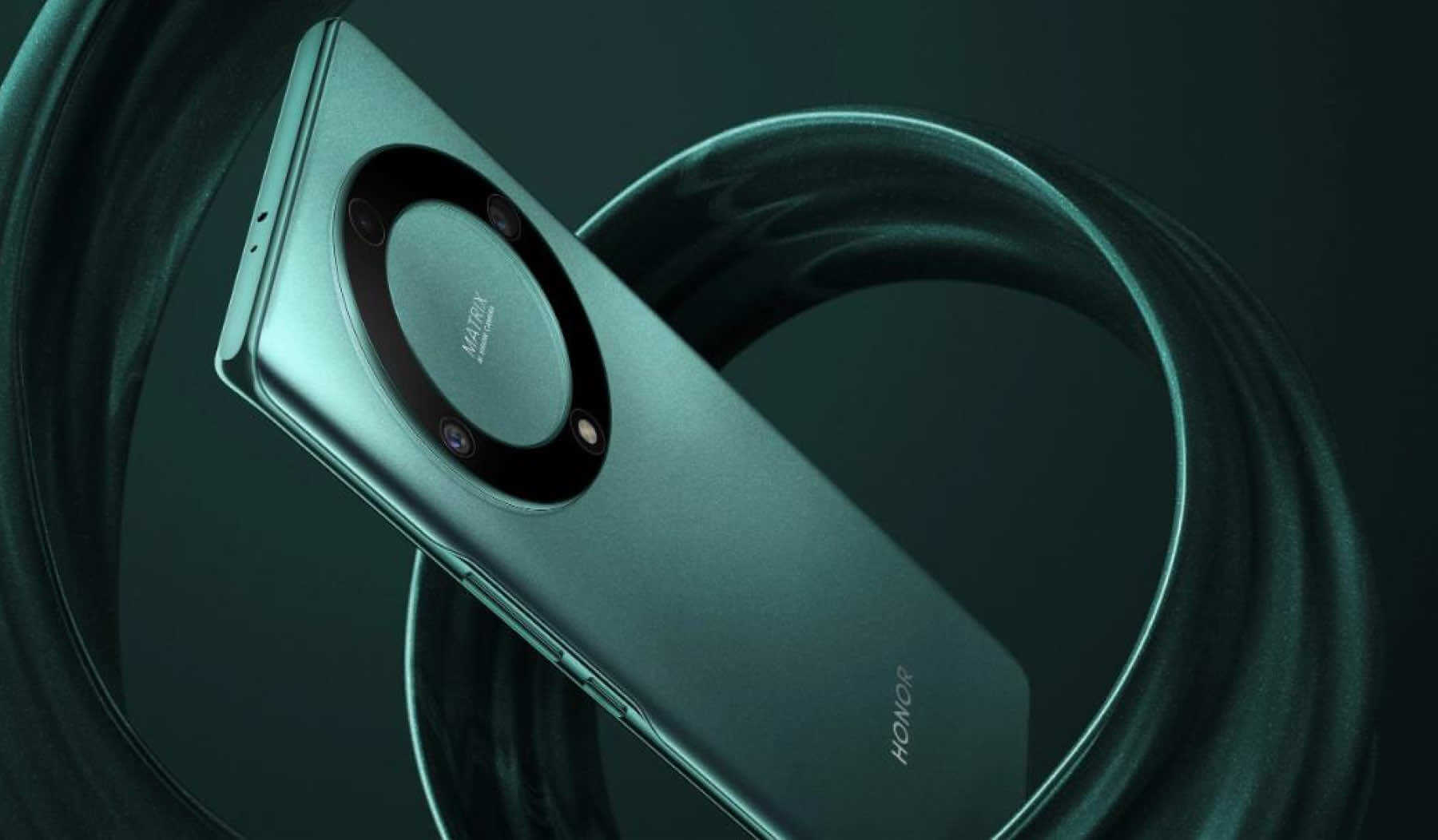
All in all, the integration of multiple sensors in smartphones aims to provide a more versatile, convenient, and feature-rich user experience, catering to a wide range of applications and scenarios. As an example of this technological advancement, the HONOR Magic6 Lite seamlessly incorporates sensor capabilities. It includes a gravity sensor, a secure fingerprint sensor, a gyroscope for motion control, and a compass for navigation. Additionally, it features NFC for contactless interactions, an ambient light sensor for screen brightness adjustment, and an ultrasonic proximity sensor for enhanced user interaction. These technologies make the Magic6 Lite a versatile and highly functional smartphone.
Conclusion
As we marvel at the sleek design and powerful capabilities of our smartphones, it's crucial to acknowledge the unsung heroes – the sensors. These tiny components work tirelessly behind the scenes, enriching our digital lives in ways we often take for granted. The next time you use your smartphone for navigation, to capture a stunning photo, or to unlock it with a fingerprint, remember how many sensors are there in a smartphone making it all possible.
FAQ
What Is the Number to Check All Sensors in Android?
To check all sensors on an Android phone, you can use a hidden diagnostic menu. Dial the following number on the phone's dialer: *#0*#. This will open the "Testing" menu, where you can navigate to "Sensors" to view a list of all available sensors on your Android device. Keep in mind that the availability of this feature may vary depending on the phone's manufacturer and model.
What Happens When You Turn off Sensors on Android Phone?
Turning off sensors on an Android phone can impact various functionalities. For example, disabling the accelerometer may affect auto-rotation, and turning off the GPS sensor would disable location-based services.
What Is Gyro Sensor in Mobile?
The gyroscope sensor in a mobile device measures the rate of rotation and helps determine the device's orientation. It works alongside the accelerometer to provide more accurate information about the device's movement and rotation, enhancing the overall user experience, especially in gaming and augmented reality applications.
Source: HONOR Club
Consumer hotline
0807777715 Monday to Sunday, 8:00am-8:00pm
za.support@honor.com
We use cookies and similar technologies to make our website work efficiently, as well as to analyze our website traffic and for advertising purposes.
By clicking on "Accept all cookies" you allow the storage of cookies on your device. For more information, take a look at our Cookie Policy.
Functional cookies are used to improve functionality and personalization, such as when playing videos or during live chats.
Analytical cookies provide information on how this site is used. This improves the user experience. The data collected is aggregated and made anonymous.
Advertising cookies provide information about user interactions with HONOR content. This helps us better understand the effectiveness of the content of our emails and our website.


